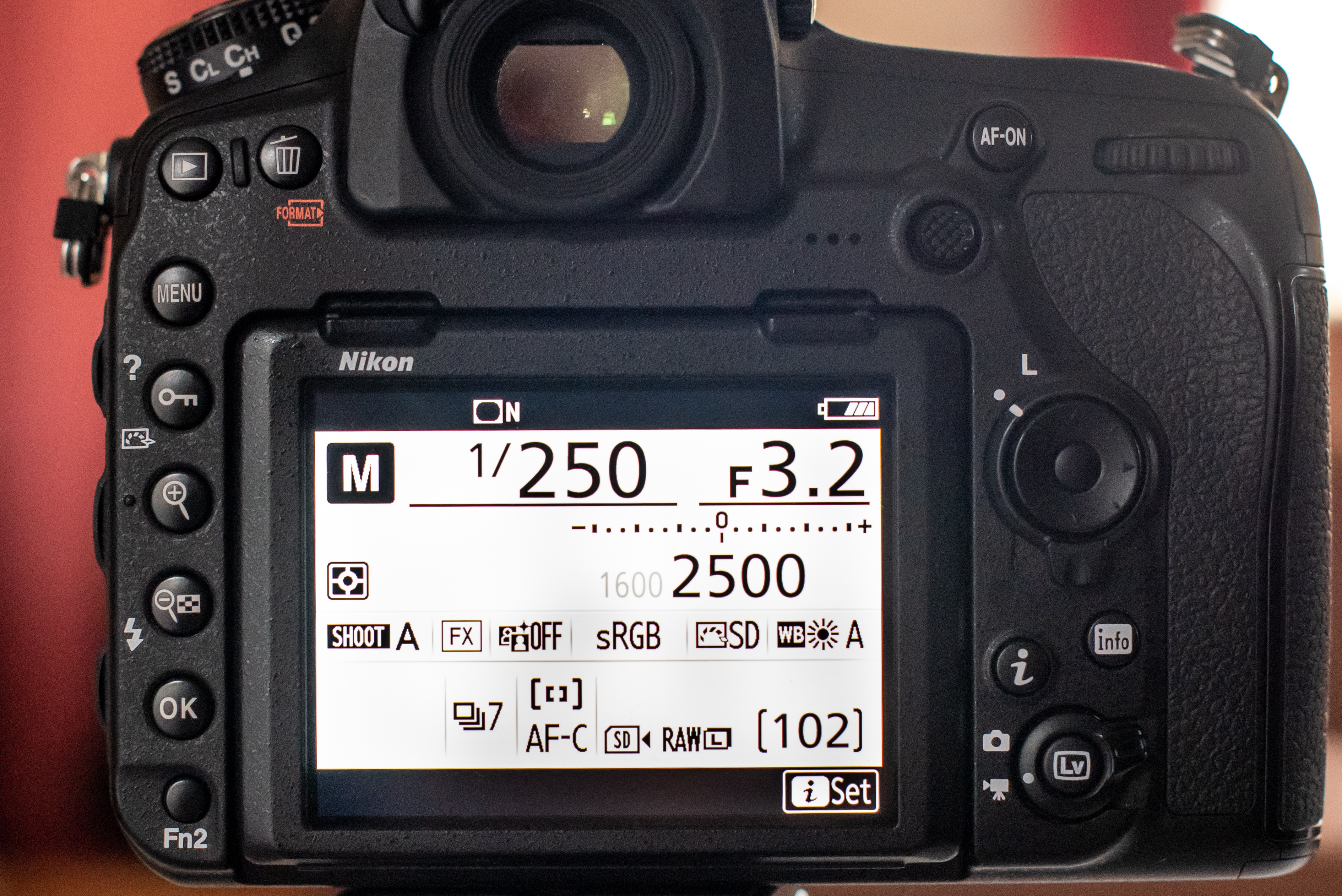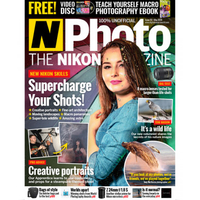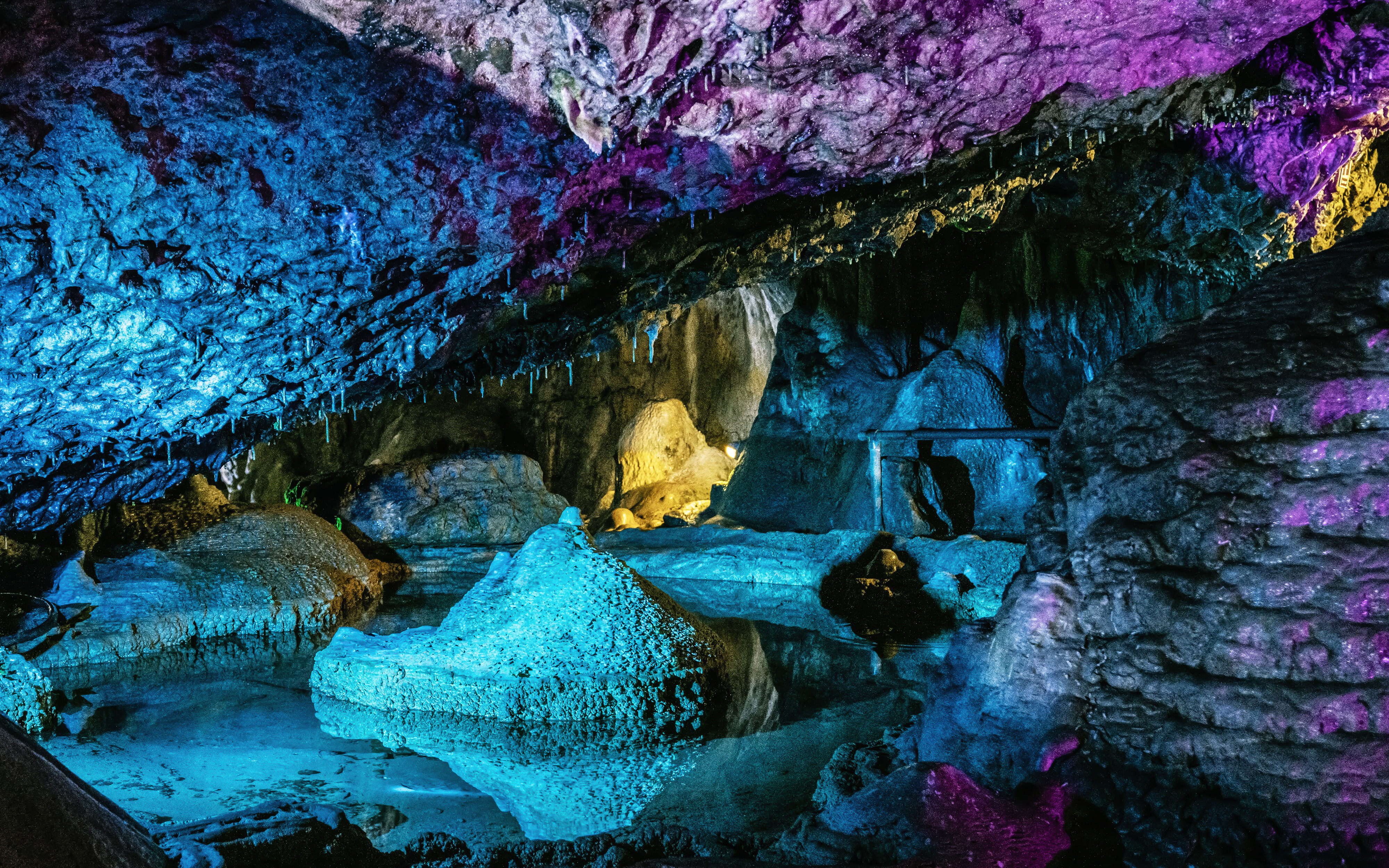Watch video: Home photography ideas – Purr-fect cat portraits
Photography projects at home
• Home photography ideas
Useful home photography kit
• Best tripods
• Best lighting kits
• Best reflectors
• Best macro lenses
The internet is obsessed with cats, and we are too! We love our furry felines, and for us, there’s no greater pleasure than snapping some fun portraits of our companions as they trundle around the house doing cute things.
And of course, with most of us still observing the lockdown conditions, it's the ideal time to get purr-fect pictures of our pets – especially since we're always hungry for new subjects to shoot!
Inevitably, though, as cute as our feline friends can be, when you've got your cameras ready they’re going to be cute at awkward angles, or in dark areas. So getting a clear shot can be tricky, but that’s where this project comes in.

You’ll just need to move a few dials and press some buttons to get the ideal settings to capture clear shots. All it takes is a bit of patience, some faster exposure times and a bump of the ISO… and a few props to keep your cat interested!
Portrait lenses and nifty fifties are ideal – this is a portrait, after all – but you can also get great results using a wide 24mm lens like we are. This enables you to get a little closer to your kitty, which can make it easier to gain (and keep!) their attention.
If you're looking to take some more dynamic portraits using lighting – and even a wet dog – take a look at our soggy doggy portraits tutorial!
• Best online photography courses
Don't pussyfoot around!

01 Go automatic-ish
Switch to manual mode and set your ISO to auto – that way, your camera will change the sensitivity for you, depending on the light in the room. This will leave you free to adjust the aperture and shutter speed separately.

02 Make it snappy
Use a semi-wide aperture, such as f/3.2, and a fast shutter speed, like 1/250 sec; that way you will maximize the light coming through the lens, the depth of field will drop away pleasingly, and your cat will remain sharp should it move.

03 Get down to their level
You can try shooting from above, and with an attractive flooring this can work well. For more intimate portraits of your kitties, though, get your camera to the same height as your cat’s eyes, focus on them, and fire away!
N-Photo: The Nikon Magazine is a monthly publication that's entirely dedicated to Nikon users. For the best news, reviews, projects and more, subscribe to N-Photo today!
Read more:
Photography tips, techniques and tutorial videos
The best lens for portraits: our pick of the best 85mm lenses right now
Pet photography tips: how to get great pictures of dogs
The best camera deals, reviews, product advice, and unmissable photography news, direct to your inbox!
N-Photo: The Nikon Magazine is a monthly publication that's entirely dedicated to Nikon users. As a 100% independent magazine, you can be assured of unbiased opinion from a trustworthy team of devoted photography experts including editor Adam Waring and Deputy Editor Mike Harris.
Aimed at all users, from camera newcomers to working pros, every issue is packed with practical, Nikon-specific advice for taking better photos, in-depth reviews of Nikon-compatible gear, and inspiring projects and exciting video lessons for mastering camera, lens and Photoshop techniques.
Written by Nikon users for Nikon users, N-Photo is your one-stop shop for everything to do with cameras, lenses, tripods, bags, tips, tricks and techniques to get the most out of your photography.


